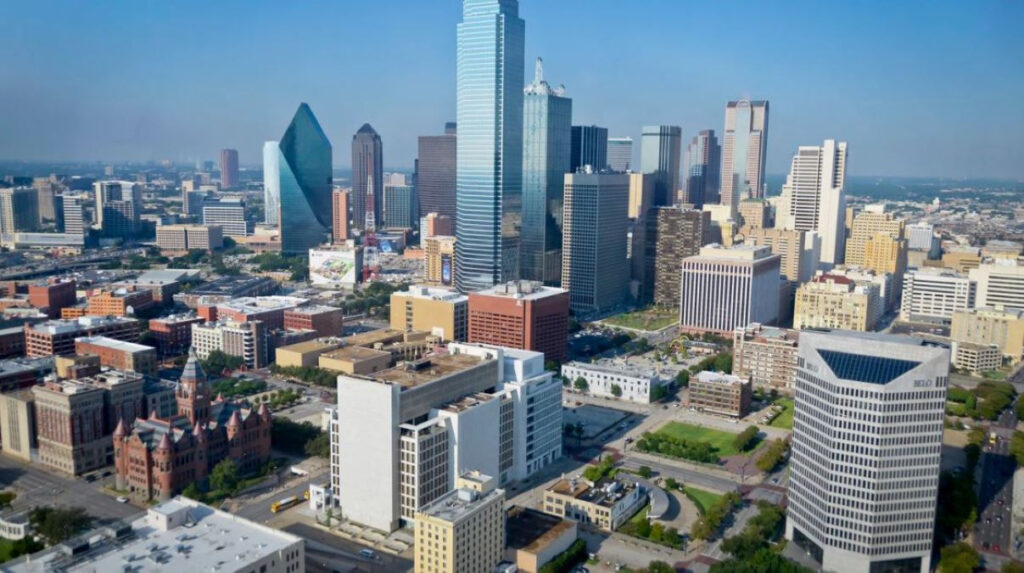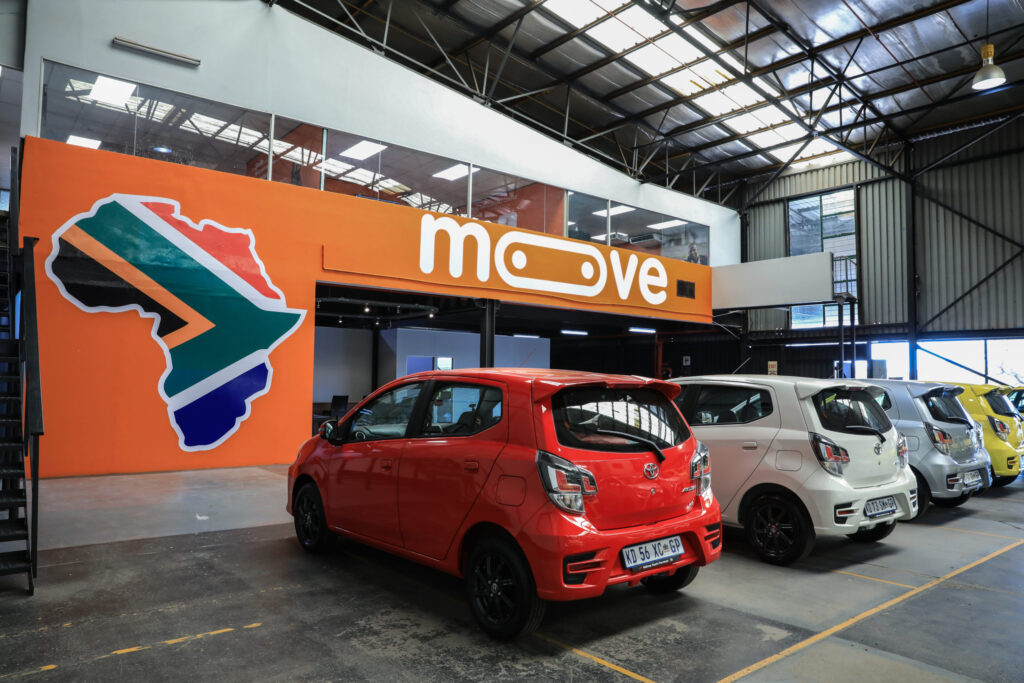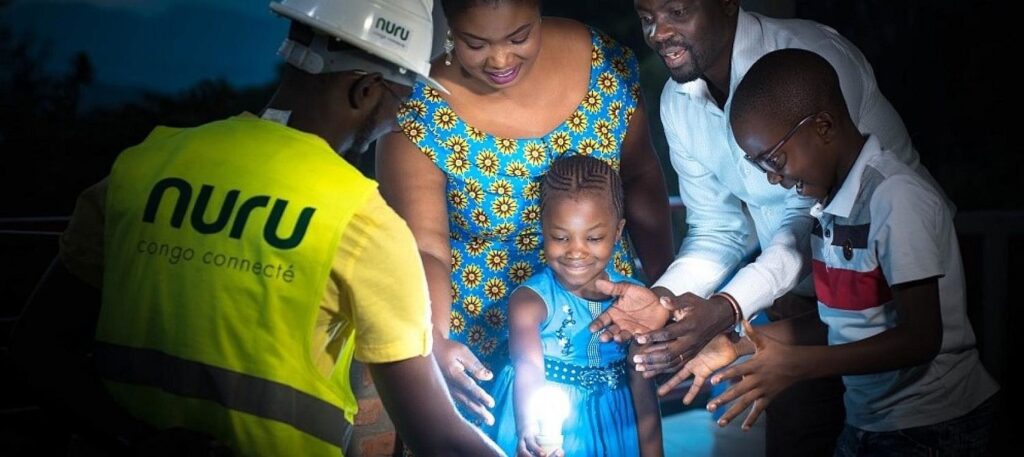A political quake struck West Africa last month, as three nations ruled by military juntas announced their withdrawal from the Economic Community of West African States (ECOWAS) regional bloc.
Niger, Mali, and Burkina Faso accused ECOWAS of failing to support them against jihadist violence and excessive foreign influence, before quitting the organization late January.
The abrupt departure has prompted comparisons to “Brexit” (the withdrawal of the United Kingdom (UK) from the European Union), marking a historic rupture after decades of building economic and political ties between the 15 member states.
As the aftershocks reverberate across the region, here is everything you need to know about this crisis and its far-reaching implications for trade, security, and the lives of millions in West Africa.
What is ECOWAS?
Founded in 1975, the Economic Community of West African States (ECOWAS) comprises 15 nations in the region.
ECOWAS aims to foster regional cooperation and trade, facilitating visa-free travel to uplift the living standards of its people and ensure economic stability.
It also plays a crucial role in peacekeeping efforts in a volatile part of the continent and is a significant security ally to the West, including the United States.
The leadership of the bloc rotates among its member countries, with Nigeria, the economic powerhouse of the region, currently in charge.
Why did Burkina Faso, Mali and Niger quit ECOWAS?
In recent years, Burkina Faso, Mali, and Niger have been overwhelmed by jihadist insurgencies and political instability, undergoing multiple coups.
Mali endured two coups, one in 2020 and another in 2021. Burkina Faso faced two coups within a year in 2022. Lastly, Niger experienced a coup last summer.
ECOWAS responded by suspending the countries and imposing tough sanctions. This led to growing resentment and defiance from the military juntas now ruling these nations.
They accuse ECOWAS of failing to provide support against terrorism and of being influenced by “foreign powers” like France.
On January 28, 2024, the three countries jointly announced their immediate withdrawal from the bloc, criticizing the “illegal” sanctions.
Don’t miss out on capitalizing on the changing dynamics in West Africa. Get the Daba app now for timely alerts and personalized recommendations to optimize your investment portfolio.
How has the region responded to the decision?
ECOWAS has expressed sadness at the decision. Nigeria, the current ECOWAS chair, said the “unelected” junta leaders are letting their people down but remain open to engagement.
Analysts warn that sanctions have backfired, fueling anti-French sentiment and closer ties with Russia. Threatening military intervention against Niger rallied citizens to support the coup.
The tough stance has undermined ECOWAS’s credibility but also underscores instability as armies seize power across the region.
How will leaving ECOWAS affect the countries?
The decision could severely harm the poor, landlocked Sahel nations who heavily rely on cross-border trade.
Niger shares 1,500 km of border with Nigeria and 80% of its trade is done with its richer neighbor.
The border closure by Nigeria following the military takeover that overthrew President Mohammed Bazoum puts trade worth about $226 million and lives at risk, per multiple reports.
For all the junta-led countries, losing access to the $702 billion ECOWAS market could lead to shortages, higher prices, increased tariffs, and financial restrictions.
As citizens face more economic hardship, pressure may mount on fragile junta regimes struggling to contain violence.
How will the “Brexit” moment affect the region?
Experts have compared the impending split to Brexit, warning it may take years to implement but would unravel decades of integration.
The region’s trade and services flows, worth nearly $150 billion a year, will be disrupted.
It also raises uncertainty around the large diaspora populations from Burkina Faso, Mali, and Niger living across West Africa. Ghana, Togo, and Benin also have a big diaspora from Niger.
For example, Ivory Coast hosts over 5 million migrants from these nations.
In a worst-case scenario, the bloc’s collapse could trigger a mass exodus.
ECOWAS has faced criticism for swiftly sanctioning the military juntas after years of inaction against civilian leaders who prolonged their rule through questionable elections or referendums in nations like Ivory Coast and Guinea.
This double standard has reduced ECOWAS’s credibility. Additionally, though ECOWAS has threatened military intervention, its failure to follow through on those threats has further weakened its standing.
Interested in navigating the West Africa Brexit and maximizing your investment opportunities? Explore our platform to thrive in this evolving market landscape.
For a long time, security experts have urged regional countries to enhance cooperation and intelligence-sharing to address the spreading insurgencies fueled by poverty, neglect, abuse, and ideology.
However, the current crisis at ECOWAS highlights the growing divide between democratically elected governments allied with the West and military-ruled states increasingly reliant on Russia and China for support. This schism thwarts a coordinated regional response to rising insecurity and insurgencies.
Moving forward, ECOWAS must bridge this divide and boost collaboration between member states to tackle shared challenges.
How can investors trade the West Africa Brexit?
As an investor looking to trade the West African Brexit via the BRVM, there are several strategies you can adopt.
One way is to analyze the stock performance of companies listed on the BRVM that have significant exposure to Niger, Burkina Faso, and Mali (such as Bank of Africa and Onatel), particularly those operating in sectors likely to be affected by geopolitical changes, such as agriculture, mining, and infrastructure.
Investors can also monitor currency fluctuations, as the withdrawal from ECOWAS could impact exchange rates and consequently influence stock prices. Additionally, staying abreast of political developments and policy changes within the region is crucial for making informed investment decisions.
Finally, investors can diversify their portfolios by considering assets beyond equities, such as bonds or exchange-traded funds (ETFs), which may provide alternative opportunities to capitalize on market movements resulting from the West Africa Brexit.
Stay ahead of the curve with our comprehensive resources and tools designed to help investors capitalize on emerging opportunities amidst geopolitical shifts in West Africa. Visit our website or download the app now!































